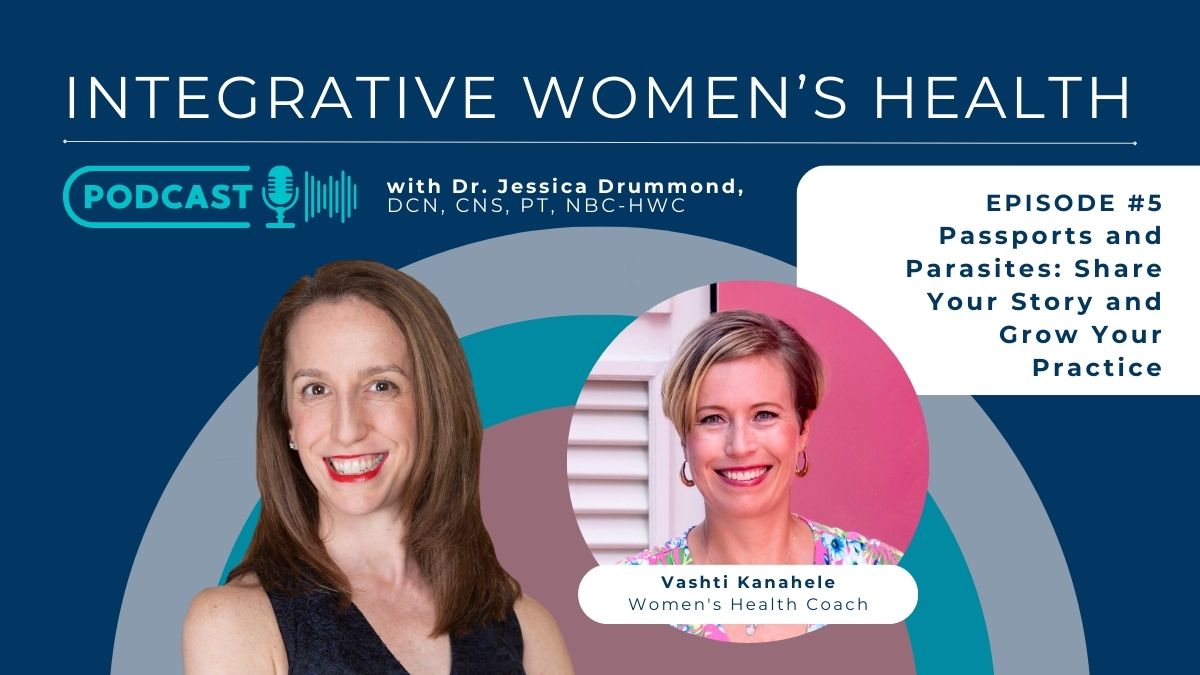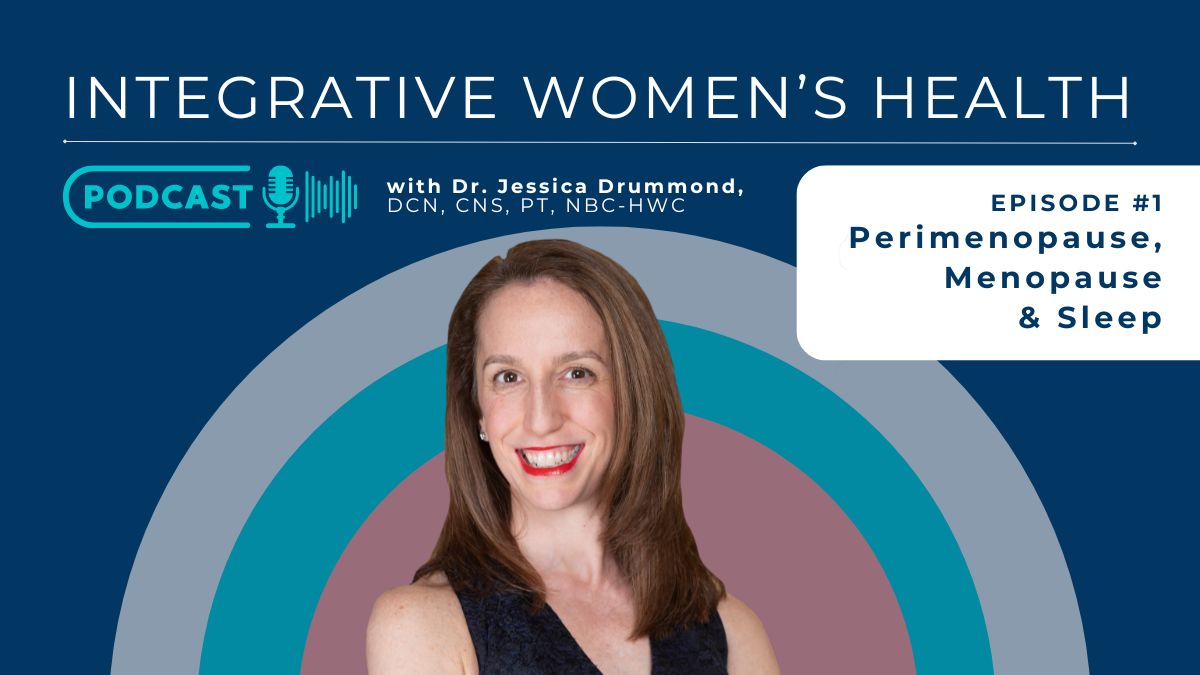What are the benefits of going gluten-free for female athletes and active moms? Please enjoy this guest post from Dr. Carolyn Dolan, DPT of Renosoar
As a past college athlete and now an everyday athlete in the form of an active mom and occasional Crossfit athlete, I have dramatically changed how I fuel my body to optimize my performance. One word to encompass how I fuel my body today is the word “gluten-free.”
Avoiding gluten and eating nutrient-rich foods allows me to think clearly, improve my strength, normalize my inflammatory response, and repair adequately. All things that help me improve my performance. Let’s look deeper at gluten-related disorders to understand why that is for me and can be for you or your clients.
The gluten protein has gotten a lot of press lately. Gluten-containing grains are widely consumed and provide an estimated 50% of caloric intake worldwide. 1 Gluten is a family of toxic proteins found in wheat, barley, rye, and grains such as oats, barley, spelt, kamut and triticale. 1
Given the widespread use of gluten-containing foods, it is of no surprise that in the past 20 years there is an increase in not only celiac disease but other gluten-related disorders.
Although this was once thought to be a rare illness and mostly ignored, it is now becoming more widespread worldwide especially as other countries adopt the Standard American Diet. For the female athlete, past or current, this likely assumes significant consumption of gluten in the form of refined carbohydrates (pasta, bread, crackers, and the like), especially prior to competition for “carb loading.”
Two conditions related to gluten are important to understand, especially as they relate to neuromusculoskeletal health, which is critical to performance.
To begin, let’s define the difference between Celiac Disease (CD) and Non-Celiac Gluten Sensitivity (GS). CD is an allergic reaction to gluten that is mediated by the immune system by T-cell activation in the gastrointestinal mucosa. 2
Although CD affects only 1% of the population officially, it is associated with many autoimmune comorbidities of the neuromusculoskeletal systems like myasthenia gravis, multiple sclerosis, peripheral neuropathy, cerebellar ataxia, myalgia (muscle pain), multiple myoclonus, depression, anxiety, psychiatric disease, and many others. 2 A hallmark symptom is digestive distress.
The official diagnosis of CD is confirmed with genetic testing (for one or both genes, HLA-DQ2 and/or HLA-DQ8) or serological screening of antibodies (IgA tissue transglutaminase antibodies (tTGA) or endomysial antibodies (EmA), antigliadin antibodies (AGA)). These serological tests must be completed while gluten is a part of your diet.
Diagnostic accuracy and risk estimates vary but are good between 75-98% accurate in determining CD. 2 More information about tests for CD and GS can be found at www.LabCorp.com.
If you don’t test positive in the CD category, gluten may still be impacting your performance. Non-Celiac Gluten Sensitivity (GS) is determined by a lack of one or more of the CD criteria of above-listed testing criteria. 2 Sounds simple enough, yet the symptomatology of gluten-related disorders (GS) is varied across many systems, not just digestive in nature.
Gluten sensitivity (GS) has been associated with neurological illnesses like ataxia3 (loss of control of bodily movements). Studies done in 2010 showed a link to gluten sensitivity and psychiatric brain disorders like schizophrenia, 3 acute mania, 4 and bipolar disorders 5 without celiac disease (gluten allergy).
A few studies have linked gluten allergy or sensitivity to diseases like systemic lupus erythematous, 6 connective tissue diseases, 7 back pain, 8 rheumatoid arthritis, 9 and ankylosing spondylitis. 10 One author described a case study of a forty-year-old woman with a three-week history of left-knee pain and swelling that responded to a gluten-free diet, stretching, and strengthening, demonstrating the potential role of gluten in joint inflammation. 11
Given the broad symptomology of GS, what happens when you lack confirmation of the diagnostic tests? Turns out that the primary diagnostic criteria are improved symptoms in response to a gluten-free diet. Personally, I fall into the category of GS without digestive issues.
My symptoms of gluten exposure are depression and anxiety a few days after ingestion. I never completed further testing because I had already removed gluten and did not want to go back to eating gluten given how good I felt without it. Yet, without the verified “test” many people comment that gluten-free diets are a fad, unnecessary, and even unsafe.
Let’s debunk that myth starting with Terry Wahls, MD, who reversed her progressive-multiple sclerosis (MS) using a specific nutrient-dense and naturally gluten-free diet. She is now involved with clinical case series to confirm her findings. 12 In order to carry out studies on patients, you must first demonstrate no harm.
Her results are promising in improving symptoms of MS. A gluten-free diet has even been shown to improve symptoms of a common disorder called reflux or GERD. 13 An additional study showed that there were no ill effects on performance in athletes with gluten-free diets. 14
In both cases, CD and GS, besides the obvious symptoms of abdominal cramps, bloating, diarrhea, gas, and other GI disturbances, are often associated with malabsorption secondary to the disruption of the lining of the gut due to the inflammatory response in the presence of gluten. The primary treatment for both disorders is eating a gluten-free diet.
It is important to note, that to optimize recovery, optimize athletic performance or improve your health, that does not mean eating processed foods labeled “gluten-free.”
The precedent to CD and GS is not only the presence of gluten but likely a habit of eating heavily refined and nutrient deficient food products for years which disrupt the absorptive cellular lining of the small intestines as well as disrupting the gut microbiome.
In order to recover health and optimize your performance following either CD or GS, one must first remove the irritating component, which in this case is gluten. The next step is to replace the diet with whole nutrient-rich fruits, vegetables, and protein (all of which are naturally gluten-free).
This may also include supplementation of probiotics to restore the microbiome. Further integrative testing with a comprehensive nutrient evaluation may be necessary to determine any other supplemental needs based on any nutrient deficiencies found. Restoration of health takes time. Sustaining this lifestyle will allow the gut to heal and begin absorbing nutrients in order to restore your health.
To eat gluten or not to eat gluten? How do you decide?
If you have clear digestive distress, then get tested for CD. If your tests are not confirmative then look further into GS. Yet, if you have ANY symptoms anywhere in your body (mental, physical, digestive, or otherwise), then it doesn’t HURT to try going whole foods naturally gluten-free for 30-90 days and see where that takes you. You don’t require any fancy or expensive testing for that. Reintroduce gluten and see how your body responds.
Yes, it may be challenging to live naturally gluten-free, but it is a simple strategy that can potentially empower you to recover your health and improve your athletic performance. In the end, there is seemingly nothing to lose without gluten in your life. Eating nutrient-rich whole foods is by far healthier for you compared to pasta, gluten-free or not.
Should I eat carbohydrates before or after my athletic performance? Which ones?
For starters, let’s think “outside the (bread) box.” Great sources of complex carbohydrates are whole food-based replacements:
Pasta replacement:
- Spaghetti squash
- Zoodles
- Sweet Potato “Poodles” (same as zoodles with sweet potato)
- Lasagna noodle replacement using thinly sliced zucchini, butternut squash or even scrambled egg sheets
Cracker/Chip replacement:
- Sliced cucumber
- Sliced carrots
- Sliced radishes
- Jicama strips
- Sweet Potato chips fried in coconut oil (Jackson’s Honest Brand)
Cereal Replacement:
- Dinner is what’s for breakfast
- Nut-based granola (Ungranola, Paleokrunch)
Bread Replacement:
- Romaine Lettuce wraps
- Portabella mushrooms
- Coconut wraps
- Sushi nori wraps
***Save gluten-free products (pizza crust, crackers, bread) for those times when socializing or only when necessary***
In addition to these options for “gluten replacements”, eating supportive nutrient-rich foods will not only optimize nutrient density and hormonal regulation but also your athletic performance:
- Naturally gluten-free whole fruits, vegetables, and protein (organic whenever possible to decrease the toxic burden)
- Eat plenty of probiotic-rich foods like sauerkraut or kimchi, and supplement if needed
- Emphasize Omega 3 fats to improve the inflammatory status and increase healing (like organic grass fed/finished beef, seafood like salmon)
- Bone broth and Mineral broths contain bioavailable vitamins and minerals that are easily digested and absorbed and aid in intestinal healing.
- Cross-reactivity is common with dairy, soy, coffee, and eggs (proteins in these products “looks” like gluten to your body) so just be aware. Intolerances are likely transient and with healing will get better.
A few other tips for optimizing your success with a gluten-free diet are:
- Partner or parental support is paramount to success and not feeling alienation
- Stress management techniques (mild exercise, meditation, earthing, heliotherapy)
- Sleep optimization (turn off screens 2 hours before bed, dark cool room, f.lux for computers to dim screen during use based on time of day)
For me, going gluten-free resolved many “normal” health issues that limited my performance. It’s a lifestyle of eating nutrient-rich whole foods that are naturally gluten-free.
Simple as that.
Remove. Replace. Restore.
Remove refined and gluten-containing grains for 30-90 days.
Replace with whole organic fruits, vegetables, protein, and healthy fats from grass-fed organic meat, butter, olive oil, and fish oil. Include probiotic-rich fermented foods like kimchi or sauerkraut. If grains need to be a part of your life, choose naturally gluten-free, organic, and from California grains like rice or quinoa and prepare them traditionally.
Restore a healthy intestinal lining, nutrient absorption, a normal inflammatory response, and optimal athletic performance.
Eat well. Move well. Sleep well. Soar on.
Read More Gluten-Related Posts
1. Tovoli F, Masi C, Guidetti E, Negrini G, Paterini P, Bolondi L. Clinical and diagnostic aspects of gluten related disorders. World J Clin Cases. 2015;3(3):275-284.
2. Kohlstadt I, ed. Advancing medicine with food and nutrients. Second ed. Voca Raton, FL: Taylor and Francis Group, LLC; 2013.
3. Dickerson F, Stallings C, Origoni A, et al. Markers of gluten sensitivity and celiac disease in recent-onset psychosis and multi-episode schizophrenia. Biol Psychiatry. 2010;68(1):100-104.
4. Dickerson F, Stallings C, Origoni A, Vaughan C, Khushalani S, Yolken R. Markers of gluten sensitivity in acute mania: A longitudinal study. Psychiatry Res. 2012;196(1):68-71.
5. Dickerson F, Stallings C, Origoni A, et al. Markers of gluten sensitivity and celiac disease in bipolar disorder. Bipolar Disord. 2011;13(1):52-58.
6. Ben Abdelghani K, Mouelhi L, Hriz A, et al. Systemic lupus erythematosus and celiac disease. Joint Bone Spine. 2012;79(2):202-203.
7. Conti V, Leone MC, Casato M, Nicoli M, Granata G, Carlesimo M. High prevalence of gluten sensitivity in a cohort of patients with undifferentiated connective tissue disease. Eur Ann Allergy Clin Immunol. 2015;47(2):54-57.
8. Efe C, Purnak T, Ozaslan E, Ozbalkan Z. Back pain and sacroiliitis in long-standing adult celiac disease: A cross-sectional and follow-up study. Rheumatol Int. 2011;31(2):279-010-1375-8. Epub 2010 Feb 20.
9. Lerner A, Matthias T. Rheumatoid arthritis-celiac disease relationship: Joints get that gut feeling. Autoimmun Rev. 2015.
10. Togrol RE, Nalbant S, Solmazgul E, et al. The significance of coeliac disease antibodies in patients with ankylosing spondylitis: A case-controlled study. J Int Med Res. 2009;37(1):220-226.
11. Ozyemisci-Taskiran O, Cengiz M, Atalay F. Celiac disease of the joint. Rheumatol Int. 2011;31(5):573-576.
12. Bisht B, Darling WG, Grossmann RE, et al. A multimodal intervention for patients with secondary progressive multiple sclerosis: Feasibility and effect on fatigue. J Altern Complement Med. 2014;20(5):347-355.
13. Nachman F, Vazquez H, Gonzalez A, et al. Gastroesophageal reflux symptoms in patients with celiac disease and the effects of a gluten-free diet. Clin Gastroenterol Hepatol. 2011;9(3):214-219.
14. Lis D, Stellingwerff T, Kitic CM, Ahuja KD, Fell J. No effects of a short-term gluten-free diet on performance in nonceliac athletes. Med Sci Sports Exerc. 2015;47(12):2563-2570.
15. Lipski, Elizabeth PhD CCn CHN. Digestive wellness. 4th Edition ed. United States of America: Mc GRaw Hill; 2012.
16. Lieberman S, Bruning N. The real vitamin and mineral book. New York, New York: The Penguin Group; 2007.







